Florian Yuriev was a true creative visionary. As an architect in 1960s Ukraine, he pushed boundaries with daring designs like the colloquially named “Flying Saucer” building, a disc-shaped auditorium perched atop a horizontal hall, evoking a sense of calm openness within its curving interior. Yuriev also broke new ground as a painter, composer, and poet, developing an intricate “theory of color and musicality” where each shade carried its own tone.
Director Oleksiy Radynski’s documentary Infinity According to Florian gives us a glimpse into Yuriev’s remarkable world. Shot late in the artist’s life, the film follows his determined efforts to preserve one of his modernist masterworks, the Institute of Information in Kyiv. By then, in his late 80s, Yuriev had waged a battle against those threatening his legacy. A new shopping mall proposed swallowing up his beloved Flying Saucer building as part of a commercial area.
We learn that Yuriev’s visions grew from a lifelong fascination with the boundless universe. Drawing inspiration from the aurora borealis and the concept of infinity itself, he sought to break down barriers between senses and disciplines through his multimodal work.
His Institute of Information was once deemed impossible, yet it reflected the utopian spirit of its time. But in the documentary, Yuriev faced those who saw his buildings merely as real estate, disregarding their artistic and cultural importance. Radynski’s camera captures Yuriev fiercely defending his life’s work to help ensure it endures as more than concrete and commerce.
Cultural Heritage on the Line
The story centers around Florian Yuriev striving to save one of his most famous structures, the unusual “Flying Saucer” building in Kyiv. Late in life, as developers planned to swallow it up as part of a sprawling new shopping center, the ailing but determined artist launched a campaign.
We see Yuriev fiercely arguing his case, explaining how the building embodied his lifelong exploration of infinite concepts through vivid multisensory works. For him, it was about so much more than concrete or profit. The film portrays this as an ideological debate over what role architecture should play, whether as a bold artistic expression or a mere commercial tool.
As creative minds know, some works are souls as much as stones. This conflict highlights the dilemmas faced by visionaries whose creations outlive them at the whims of changes in culture and commerce. It also shines a light on how urban growth shouldn’t erase what enriches a community’s character and memories. Overall, the documentary stimulates discussion around ensuring innovative heritage endures beyond its builders, not just as a building but as an as an environment breathing history and ideas.
A Passionate Visionary’s Life Work
Florian Yuriev emerged as one truly dedicated to his craft. From developing intricate theories merging color and sound to designing breathtaking buildings challenging norms, he constantly explored across disciplines with zeal.
His background knew much hardship too. Raised amid Stalin’s purges that tore his family apart, Yuriev ended up imprisoned simply for standing against authority. Yet he channeled such experiences into thoughtful critiques of anything shackling the human spirit, whether political dogmas or commercial imperatives.
Through interviews, we find a man fiercely proud yet humble, fiercely rebellious yet wise, still creating until his final days. Every work, from abstract paintings to his acclaimed “Flying Saucer” hall, breathed a fresh vision of how architecture could uplift society. For Yuriev, it was about crafting environments that encourage limitless thinking—not monuments to profit or ego.
His dedication was touching to witness, even as his health failed. To the end, Yuriev fought passionately to preserve where creativity and community had once flourished together, reminding all of art’s power to better lives and question conventions in ways no simple building ever could.
Capturing a Visionary’s Passion
While its subject overflowed with vibrant creativity, Infinity According to Florian adopted a more restrained visual approach. Filmed in mundane gray tones against drab urban backdrops, it could risk underplaying Yuriev’s fervor.
However, director Oleksiy Radynski’s intent seemed to be to ensure we focused fully on his subject. Through lengthy yet riveting interviews, we feel Yuriev’s fervent spirit energizing drab spaces. His eloquent articulation of artistic philosophies keeps viewers rapt as scenes unfold at a meditative pace.
Radynski wisely lets Yuriev’s profound words fill in what colors cannot. The camera hangs on his expressive face, where passion visibly fuels his defense of his legacy. Yuriev’s memories and ideology are the documentary’s true bursts of lively hues.
By prioritizing the visionary’s voice through conservatively framed footage, Radynski ensures we absorb Yuriev’s multifaceted genius directly. His directorial choices highlighted the essence of the man over superficial aesthetics, shedding light on why some innovative spirits merit protection for generations to appreciate.
Perspective on Progress
Set against Kiev’s evolving cityscape, Infinity According to Florian offers insight into Ukraine’s cultural past and concerns for its future.
The film spotlights Yuriev’s “Flying Saucer,” a radical 1960s structure celebrating science and the arts. His bold modernist vision challenged norms. Yet by the new millennium, prosperity drove developers to slick malls, replacing creative havens.
We see Yuriev’s anxiety over losing innovative spaces for thinkers, mirroring communism’s stifling of free expression. Just as he endured Stalin’s purges, individualism now faced capitalism’s juggernaut.
Director Radynski captures larger tensions as tradition bucks commercial imperatives. His tribute to Yuriev sheds light on safeguarding the innovative spirits nations rise on. As Ukraine perseveres today, its documentary reminds us that culture and community must guide development, lest cities outpace humanity’s depth.
Overall, the film offers poignant perspective from a visionary defending a building, but really a way of life respecting wonder and questioning how “progress” enriches lives—lessons all times would do well to recall.
The Storytelling of a Visionary
Infinity According to Florian shine a light on Yuriev’s bold philosophy, showcasing his vibrant mind through lengthy yet captivating interviews. Hearing straight from the passionately eloquent artist does marvel to bring his genius alive.
However, some found the documentary’s more restrained visuals and pace didn’t fully match the dynamic energy of its subject. By sticking closely to Yuriev’s crusade to save just one building, it also risks failing to exhibit the full radical scope of his multifaceted work.
Yet director Radynski deserves praise for prioritizing Yuriev’s profound words and trusting his visionary’s eloquence to fill what colors alone cannot. The film holds an important mirror to issues still relevant today: how development must respect culture and society must safeguard original spirits who expand our horizons.
While not perfect, Infinity According to Florian offers valuable insights. It stirringly highlights why certain innovative figures deserve remembrance for the questions they posed, not just their tangible creations. Overall, it tells a story worth telling about an architect who forever reshaped how we view the world.
Illuminating a Visionary’s Legacy
Oleksiy Radynski’s documentary shines a light on Florian Yuriev’s profound philosophies and passion to share his perceptions of the world. Though not without flaws, it stirringly captures the late visionary’s crusade against those threatening to obscure his inspired works.
At its heart, Infinity According to Florian celebrates an artist who forever reimagined how we experience architecture and the arts. By prioritizing Yuriev’s eloquent words, it brings his brilliantly colorful mind to life. And in spotlighting his defense of culture over empty commercialism, the film poses questions still relevant to societies globally.
While only skimming the surface of Yuriev’s monumental contributions, the documentary offers valued insights. It reminds us that certain innovators deserve remembrance precisely because their outside-the-box perspectives pushed boundaries and expanded human envisioning. Their legacy lies not only in their physical creations but also in the inquiries they ignited. For that invaluable gift, Florian Yuriev and his fervent spirit for creativity deserve to be illuminated.
The Review
Infinity According to Florian
While not without its flaws, Infinity According to Florian ultimately succeeds in its aim to honor Florian Yuriev's profound vision and preservation. Despite a restrained visual approach, the film stirringly conveys the architect's passionate defense of creativity and innovative thinking. By prioritizing his eloquent words, it commemorates a figure who forever expanded perceptions of art and society.
PROS
- Illuminates Florian Yuriev's revolutionary philosophies and brilliance
- Captures the vital importance of safeguarding culture and unconventional ideas.
- Prioritizes Yuriev's eloquent interviews to vividly showcase his character.
CONS
- Visuals and pacing do not fully match the dynamism of the subject.
- A narrow focus on one building risks failing to exhibit Yuriev's full body of work.
- Could have further fleshed out contextual details around themes.
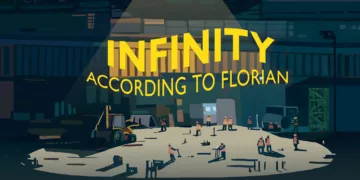








































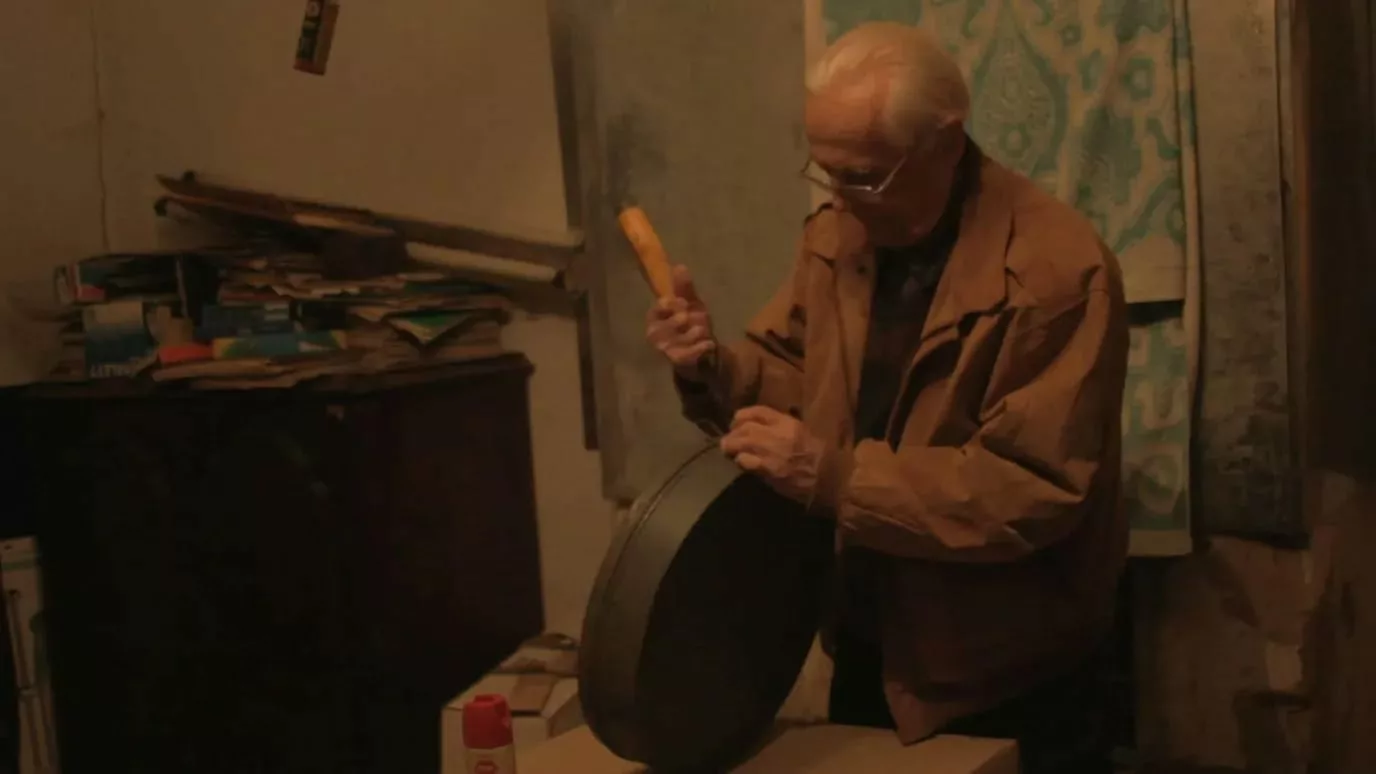

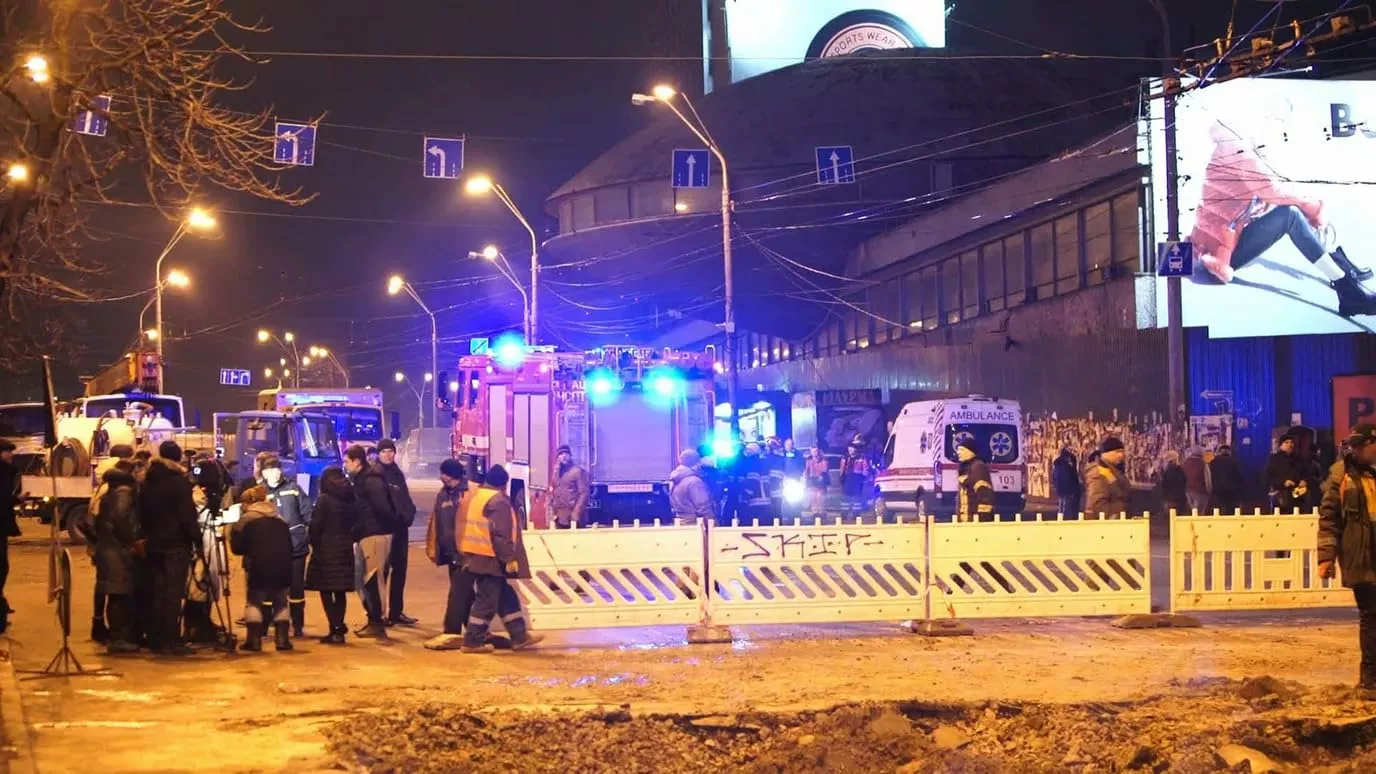
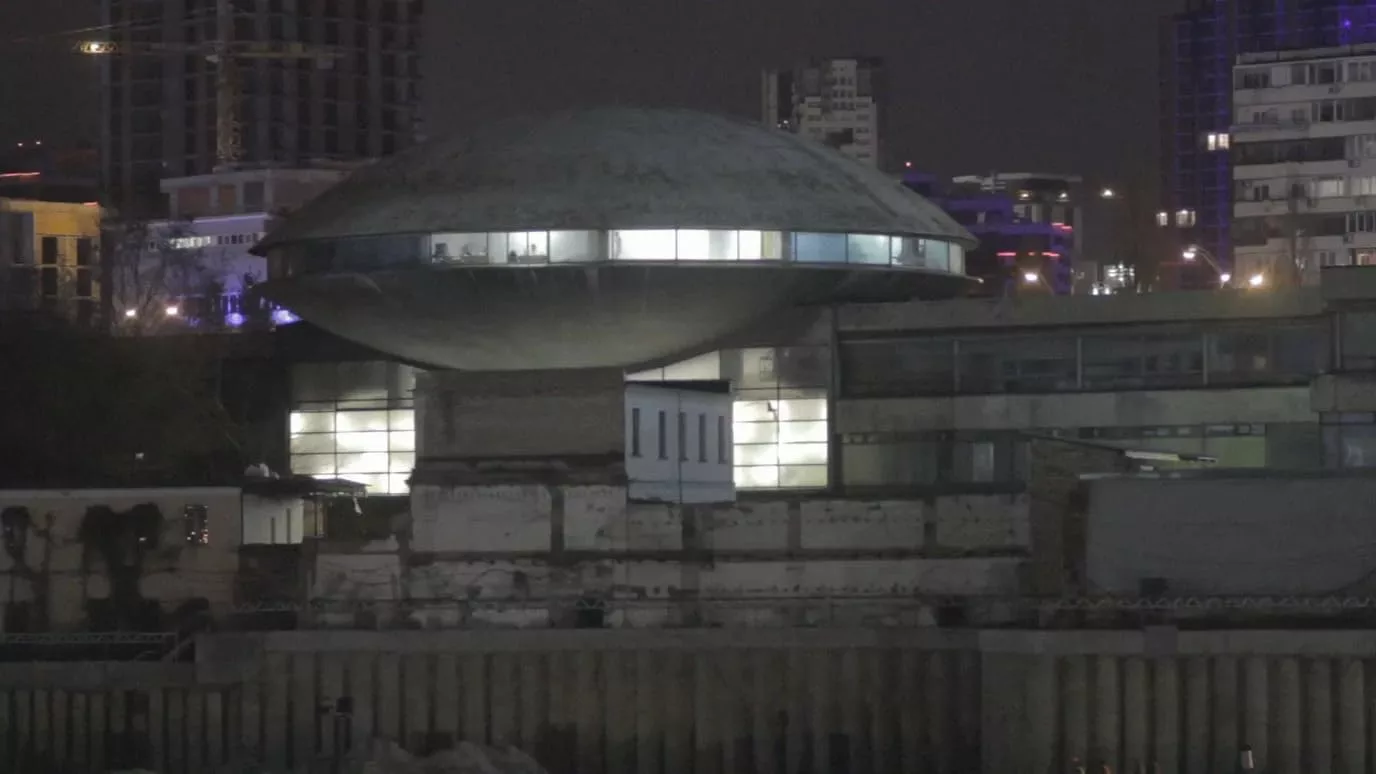


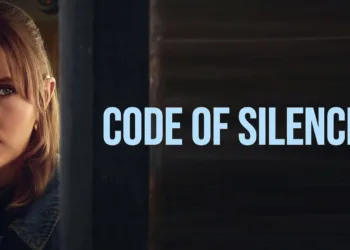





Discussion about this post